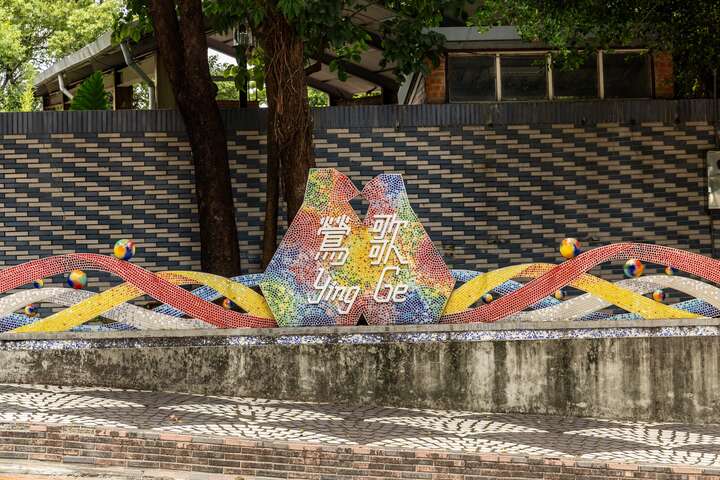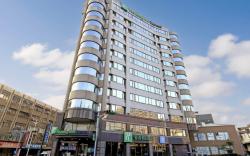Yingge Old Street Introduction
Yingge, known as the "Porcelain Capital" of Taiwan, is a prominent center for ceramic arts in the country. The Yingge Old Ceramic Street was officially named in 2000, and with the guidance and planning of the New Taipei City Government, the old ceramic factories in Yingge have transformed into commercial stores and DIY spaces. "Turning clay into gold" perfectly describes this place, where an array of exquisite ceramic art shops congregates in the blocks formed by Ceramic Street, Jianshanpu Road, Chongqing Street, and Yuying Street. Walking into Yingge Old Street, the streetscape, corner imagery, and traffic sign designs all embody a strong aesthetic of ceramic art. As a hub of ceramic cultural creativity, the residents of Yingge Jianshanpu area started developing a thriving ceramics industry 200 years ago, utilizing the adhesive clay, easily obtainable firewood and weeds, coal resources, and convenient waterway transportation. During the Japanese colonial period, Yingge ceramics shifted towards scale and corporatization, further solidifying its industrial status and laying the foundation for its ceramic culture. Strolling along the old street and chasing trains, one can see specialty ceramic tableware shops, ceramic artist studios, DIY classrooms, and factory direct stores, with various "ceramic" themed shops showcasing antique porcelain, crystal glaze, Jianyi pottery, tea sets, tableware, and ocarinas, all of which possess both practical and artistic value. The railway overpass at the entrance of the Old Street is a must-visit spot for railway enthusiasts. From the overpass, you can not only overlook the streetscape of the Old Street but also enjoy the sight of Taiwan Railways' various train services rushing along the western trunk line.


































